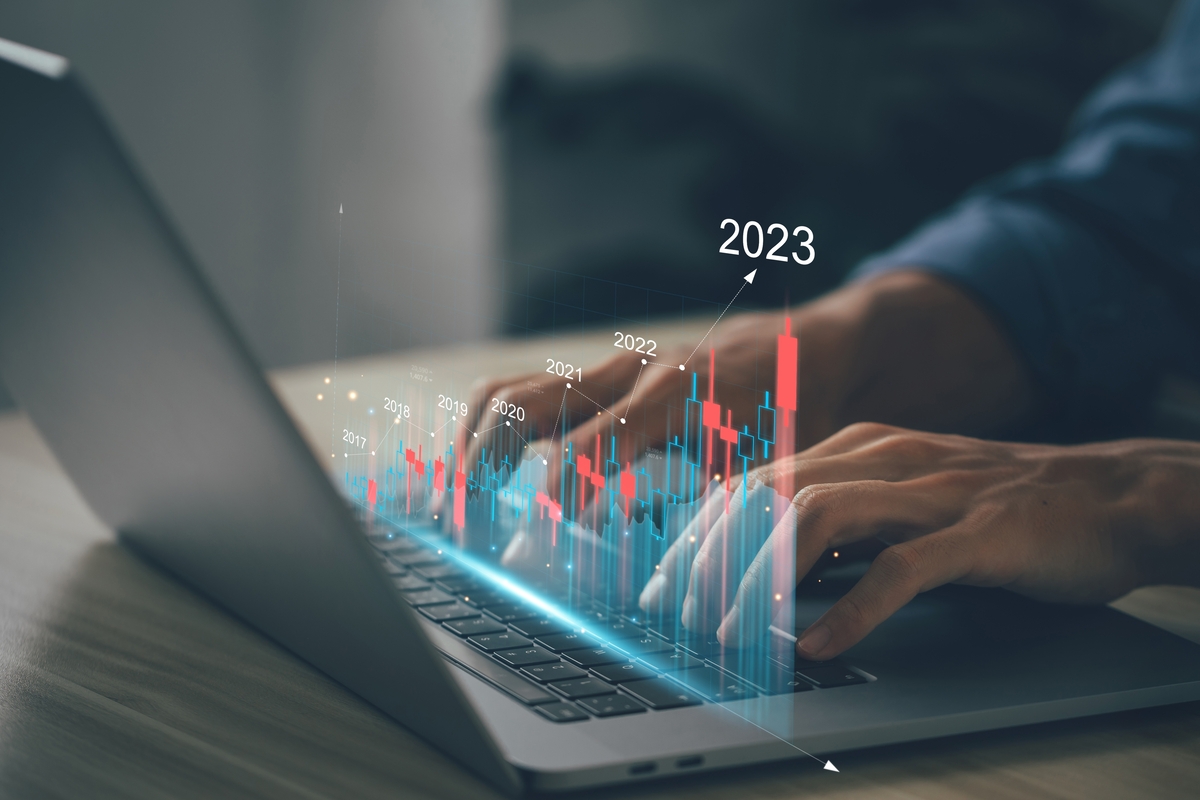Our strategic portfolios are thought for long term investors. They are built on the basis of long term relationships between asset classes, and they are not supposed to be tactically rebalanced on the basis of short-term market gyrations.
It has been clearly shown (SPIVA) that low-cost passive long term investing generally beats expensive active investing. We think there is not much to add to that evidence that it seems to be conclusive. SO, our approach to investing is one of diversifying among global indices using cost-effective passive instruments.
Passive investing means using instruments that replicate an index without trying to overperform it through market timing or stock picking choices. As said above, evidence has shown that active investing is a losing game, so by getting the return of the index, you already perform better than the vast majority of mutual funds.
Passive investing does not mean absence of choices
Passive investing, in our view, shouldn’t be confused with the absence of choices. Even the choice of the indices in which to invest are already an active portfolio management choice, even if implemented through passive instruments.
Our active role in building portfolios goes anyway a step further. Someone intends passive management as just replicating the weights of the global indices in a portfolio using passive instruments.
We think that passive investing needs a further tweak when the risks involved in a totally passive global portfolio gets too skewed against the investor. The job of an asset manager is not forecasting a future that is by definition driven by uncertainty, but rather to assign to each investor the right portfolio which is suitable to his risk profile and that, over the long-term, better matches its objectives to its risk tolerance. We devote particular attention to the risks, especially for customers that have a low tolerance to risk.
Our main tweaks to passive weights
The two main correction to a globally diversified portfolio that we make for our investors is keeping the duration a bit shorter than the indices, especially for low profiles, and keeping the dollar exposure in check.
Last year showed how keeping a duration (meaning the exposure to the risk of adverse interest rate moves) equal to the one given by major bond indices can mean too much risk for investors with a low risk tolerance. We believe that this risk is still present now, so we prefer to keep duration shorter than the indices to protect the most risk-adverse clients, whose portfolios usually contain a high percentage of bonds.
We have already touched the topic of currency hedging in other posts. Financial theory says that the long-term investor should not hedge currency risk, as exchange rates (usually) tend to revert to the mean over the long term. The reality, however, is that the weight of the dollar in the indices has increased substantially in the last few years because of the growth of the relative weight of US megacap, and a portfolio invested in global stocks could have now an exposure of around 70% to the dollar.
Can we say that this percentage is appropriate for an Eur based investor even if over the long term exchange rates should (in theory) revert to the mean? We feel that, for an investor that is based in Europe, this could expose him to excessive swings in the euro value of his portfolio. Seeing swings of the exchange rate of 10-20% in one year is not that uncommon. SO we choose to keep exposure to exchange rate risk in check, coherently with the amount of volatility that the investor is willing to stand.
This year changes to strategic portfolios
Apart from these structural tilts to our global indexed portfolios, we annually rebalance portfolios according to some themes that we believe could have an impact over the medium to long term, say one or two years.
This year we have made two adjustment:
- We have increased the weight of money markets instruments in our portfolios. These are instruments that invest in the very short part of the interest rates curve. During the last few years we had negative rates in Europe and anyway very low rates around the world. Now the situation has changed radically, and we have rates ard 4.5% in the US and ard 2.5% in Europe. In an environment where the uncertainty is still very high, we think they are a very good option to park some funds with a very low risk and earning a decent return. For investor that want to focus solely on this kind of exposure, we also can offer Savings Account.
- We have switched some longer-term bonds exposure with inflation linked ones. These are bonds that should guard against inflation. To be frank, they are quite strange animals. In fact, last year, when the inflation shot up, they ended the year with a loss. The dynamic of their move is in fact quite complex. They offer a real return that is fixed in advance, whatever the inflation is. The way they are built means that they move inversely with real interest rates (nominal rates less inflation). This means that, if real interest rates rise, their price falls. That is why they fell last year when real rates shot up. Anyway, the long term real interest rates of equilibrium of the economy are quite low. And, at the current stage, we feel that real rates are high enough to make an investment in inflation linked bonds attractive.
Artículos relacionados:
 Are Roboadvisors Intelligent?
Are Roboadvisors Intelligent?
 The APY of Savings Accounts rises to 1.40% in Euros and 3.60% in Dollars
The APY of Savings Accounts rises to 1.40% in Euros and 3.60% in Dollars
 The average expected yield of the Euro Savings Portfolio rises, but don’t forget your long-term financial goals
The average expected yield of the Euro Savings Portfolio rises, but don’t forget your long-term financial goals
 Savings Portfolio yields (variable) rise to 2.40% in euros and 4.30% in dollars
Savings Portfolio yields (variable) rise to 2.40% in euros and 4.30% in dollars
 New yield increases in the Savings Portfolio: €2.65% and $4.55%!
New yield increases in the Savings Portfolio: €2.65% and $4.55%!





